Authorities will have to design systems that are practical and can also give value to citizens, says a Koramangala resident.
Although residents cried foul over the BDA’s attempts to divide Koramangala with a signal free corridor, despite the obvious lack of scientific planning in the project, most of their cries fell on deaf ears. But they protested, filed a PIL, met the CM, kept watch over the few trees that remained standing on Sarjapur Road and made sure their voices were heeded.
A year after the residents protested, the court mandated committee has seen sense in what they said in September 2011. In its opening sentence, the report said, “The committee noticed that the previous proposals emanated from very little or without any public consultation.” The committee, therefore held a meeting with as many stakeholders to finally come to the conclusion that there were better alternatives to the Sirsi-Agara signal free corridor.
The case of the Sirsi-Agara signal free corridor is a lesson for both civic authorities as well as citizens, according to those involved in the developments and those watching it closely too.
As Vijayan Menon, a resident of Koramangala and a front runner in the protests puts it, “A lot of bad blood, expenditure and the loss of trees could have been avoided if there was public consultation at the beginning.”
He believes that while there is a lot of talk about citizen participation, the case of Sirsi-Agara SFC will be one that citizens can directly relate to.
Nithin Sheshadri, another resident of the Kormangala, petitioner in the PIL who also acted as one of the voices of the citizens says, “The Sirsi-Agara signal free corridor shows that citizens voices can be heard and we should forget the apathy and get involved in issues that affect us.” He adds that the work put over the last one year was completely worth the effort. “The community would have been badly affected by the project,” he adds.
“It is time that the civic authorities realised that they can no longer do whatever they want to,” says Ashwin Mahesh, member ABIDe.
“Authorities will have to design systems that work on the ground and can also give value to the citizens,” he says. He predicts that soon there will be a change in the dealings of civic authorities when it comes to development projects as more of those in governance realise this.
The committee report is a welcome change to the approach that government has towards the city, says Rajeev Chandrashekar, MP and founder of Namma Bengaluru Foundation that supported the petitioners in their PIL.
“There is hope that this more approach of involving citizens in decisions about their neighbourhoods will usher in more transparency in how public money is spent on urban infrastructure projects. The real duty of the government is to resolve the problems of citizens through a citizen-oriented approach that includes citizen participation which will also usher in more transparency with regard to how public money is utilised,” he says, adding that the report reflected a significant and positive change in this direction.
Vijayan Menon adds that civic authorities should learn to see the development as a win-win situation. “It is always a win win situation when there is public participation,” he says, as it brings out effective solutions and alternatives to a single problem, which in turn, raises the question of BBMP’s competency when it came to infrastructure projects. “Not all in the BDA and BBMP are capable of planning infrastructure projects for the city. In these cases, both citizen participation as well as getting expert opinion during the ideation stages of the project will be of help,” he says.
What now?
The report, which is currently with the UDD will be submitted to the chief minister who will take a call on whether to accept or reject the committee’s recommendations. If it is not accepted, the citizen will file a fresh PIL.
“We are not going to wash our hands saying the problem is now on Hosur Road,” says Vijayan Menon.
“Our first priority is to restore Sarjapur Road to what it was before and this includes the trees. But we will also be working with the BBMP on the changes on Hosur Road and make sure these are done scientifically. We believe that we can do something without land acquisition. Land acquisition and cutting trees should be the last option,” he says.
Implement existing laws, pass pending bills, follow committee reports the Kasturirangan report, the Bangalore Metropolitan Regional Governance Bill and the Community Participation Act- if they had been accepted, passed and implemented in the right earnest- could have prevented scenes of the last one year. It is time that the government and civic authorities do so, believing in the power or citizen participation and not because JnNURM mandates it, says Ashwin Mahesh.
![submenu-img]() Viral video: Ghana man smashes world record by hugging over 1,100 trees in just one hour
Viral video: Ghana man smashes world record by hugging over 1,100 trees in just one hour![submenu-img]() This actress, who gave blockbusters, starved to look good, fainted at many events; later was found dead at...
This actress, who gave blockbusters, starved to look good, fainted at many events; later was found dead at...![submenu-img]() Taarak Mehta actor Gurucharan Singh operated more than 10 bank accounts: Report
Taarak Mehta actor Gurucharan Singh operated more than 10 bank accounts: Report![submenu-img]() Ambani, Adani, Tata will move to Dubai if…: Economist shares insights on inheritance tax
Ambani, Adani, Tata will move to Dubai if…: Economist shares insights on inheritance tax![submenu-img]() Cargo plane lands without front wheels in terrifying viral video, watch
Cargo plane lands without front wheels in terrifying viral video, watch![submenu-img]() DNA Verified: Is CAA an anti-Muslim law? Centre terms news report as 'misleading'
DNA Verified: Is CAA an anti-Muslim law? Centre terms news report as 'misleading'![submenu-img]() DNA Verified: Lok Sabha Elections 2024 to be held on April 19? Know truth behind viral message
DNA Verified: Lok Sabha Elections 2024 to be held on April 19? Know truth behind viral message![submenu-img]() DNA Verified: Modi govt giving students free laptops under 'One Student One Laptop' scheme? Know truth here
DNA Verified: Modi govt giving students free laptops under 'One Student One Laptop' scheme? Know truth here![submenu-img]() DNA Verified: Shah Rukh Khan denies reports of his role in release of India's naval officers from Qatar
DNA Verified: Shah Rukh Khan denies reports of his role in release of India's naval officers from Qatar![submenu-img]() DNA Verified: Is govt providing Rs 1.6 lakh benefit to girls under PM Ladli Laxmi Yojana? Know truth
DNA Verified: Is govt providing Rs 1.6 lakh benefit to girls under PM Ladli Laxmi Yojana? Know truth![submenu-img]() Alia Bhatt wears elegant saree made by 163 people over 1965 hours to Met Gala 2024, fans call her ‘princess Jasmine’
Alia Bhatt wears elegant saree made by 163 people over 1965 hours to Met Gala 2024, fans call her ‘princess Jasmine’![submenu-img]() Jr NTR-Lakshmi Pranathi's 13th wedding anniversary: Here's how strangers became soulmates
Jr NTR-Lakshmi Pranathi's 13th wedding anniversary: Here's how strangers became soulmates![submenu-img]() Streaming This Week: Heeramandi, Shaitaan, Manjummel Boys, latest OTT releases to binge-watch
Streaming This Week: Heeramandi, Shaitaan, Manjummel Boys, latest OTT releases to binge-watch![submenu-img]() Remember Ayesha Kapur? Michelle from Black, here's how actress, nutrition coach, entrepreneur looks after 19 years
Remember Ayesha Kapur? Michelle from Black, here's how actress, nutrition coach, entrepreneur looks after 19 years![submenu-img]() Remember Heyy Babyy's cute 'Angel' Juanna Sanghvi? 20 year-old looks unrecognisable now, fans say 'her comeback will...'
Remember Heyy Babyy's cute 'Angel' Juanna Sanghvi? 20 year-old looks unrecognisable now, fans say 'her comeback will...'![submenu-img]() Haryana Political Crisis: Will 3 independent MLAs support withdrawal impact the present Nayab Saini led-BJP government?
Haryana Political Crisis: Will 3 independent MLAs support withdrawal impact the present Nayab Saini led-BJP government?![submenu-img]() DNA Explainer: Why Harvey Weinstein's rape conviction was overturned, will beleaguered Hollywood mogul get out of jail?
DNA Explainer: Why Harvey Weinstein's rape conviction was overturned, will beleaguered Hollywood mogul get out of jail?![submenu-img]() What is inheritance tax?
What is inheritance tax?![submenu-img]() DNA Explainer: What is cloud seeding which is blamed for wreaking havoc in Dubai?
DNA Explainer: What is cloud seeding which is blamed for wreaking havoc in Dubai?![submenu-img]() DNA Explainer: What is Israel's Arrow-3 defence system used to intercept Iran's missile attack?
DNA Explainer: What is Israel's Arrow-3 defence system used to intercept Iran's missile attack?![submenu-img]() This actress, who gave blockbusters, starved to look good, fainted at many events; later was found dead at...
This actress, who gave blockbusters, starved to look good, fainted at many events; later was found dead at...![submenu-img]() Taarak Mehta actor Gurucharan Singh operated more than 10 bank accounts: Report
Taarak Mehta actor Gurucharan Singh operated more than 10 bank accounts: Report![submenu-img]() Aavesham OTT release: When, where to watch Fahadh Faasil's blockbuster action comedy
Aavesham OTT release: When, where to watch Fahadh Faasil's blockbuster action comedy![submenu-img]() Sonakshi Sinha slams trolls for crticising Heeramandi while praising Bridgerton: ‘Bhansali is selling you a…’
Sonakshi Sinha slams trolls for crticising Heeramandi while praising Bridgerton: ‘Bhansali is selling you a…’![submenu-img]() Sanjeev Jha reveals why he cast Chandan Roy in his upcoming film Tirichh: 'He is just like a rubber' | Exclusive
Sanjeev Jha reveals why he cast Chandan Roy in his upcoming film Tirichh: 'He is just like a rubber' | Exclusive![submenu-img]() IPL 2024: Mumbai Indians knocked out after Sunrisers Hyderabad beat Lucknow Super Giants by 10 wickets
IPL 2024: Mumbai Indians knocked out after Sunrisers Hyderabad beat Lucknow Super Giants by 10 wickets![submenu-img]() PBKS vs RCB IPL 2024: Predicted playing XI, live streaming details, weather and pitch report
PBKS vs RCB IPL 2024: Predicted playing XI, live streaming details, weather and pitch report![submenu-img]() PBKS vs RCB IPL 2024 Dream11 prediction: Fantasy cricket tips for Punjab Kings vs Royal Challengers Bengaluru
PBKS vs RCB IPL 2024 Dream11 prediction: Fantasy cricket tips for Punjab Kings vs Royal Challengers Bengaluru![submenu-img]() Watch: Bangladesh cricketer Shakib Al Hassan grabs fan requesting selfie by his neck, video goes viral
Watch: Bangladesh cricketer Shakib Al Hassan grabs fan requesting selfie by his neck, video goes viral![submenu-img]() IPL 2024 Points table, Orange and Purple Cap list after Delhi Capitals beat Rajasthan Royals by 20 runs
IPL 2024 Points table, Orange and Purple Cap list after Delhi Capitals beat Rajasthan Royals by 20 runs![submenu-img]() Viral video: Ghana man smashes world record by hugging over 1,100 trees in just one hour
Viral video: Ghana man smashes world record by hugging over 1,100 trees in just one hour![submenu-img]() Cargo plane lands without front wheels in terrifying viral video, watch
Cargo plane lands without front wheels in terrifying viral video, watch![submenu-img]() Tiger cub mimics its mother in viral video, internet can't help but go aww
Tiger cub mimics its mother in viral video, internet can't help but go aww![submenu-img]() Octopus crawls across dining table in viral video, internet is shocked
Octopus crawls across dining table in viral video, internet is shocked![submenu-img]() This Rs 917 crore high-speed rail bridge took 9 years to build, but it leads nowhere, know why
This Rs 917 crore high-speed rail bridge took 9 years to build, but it leads nowhere, know why 





























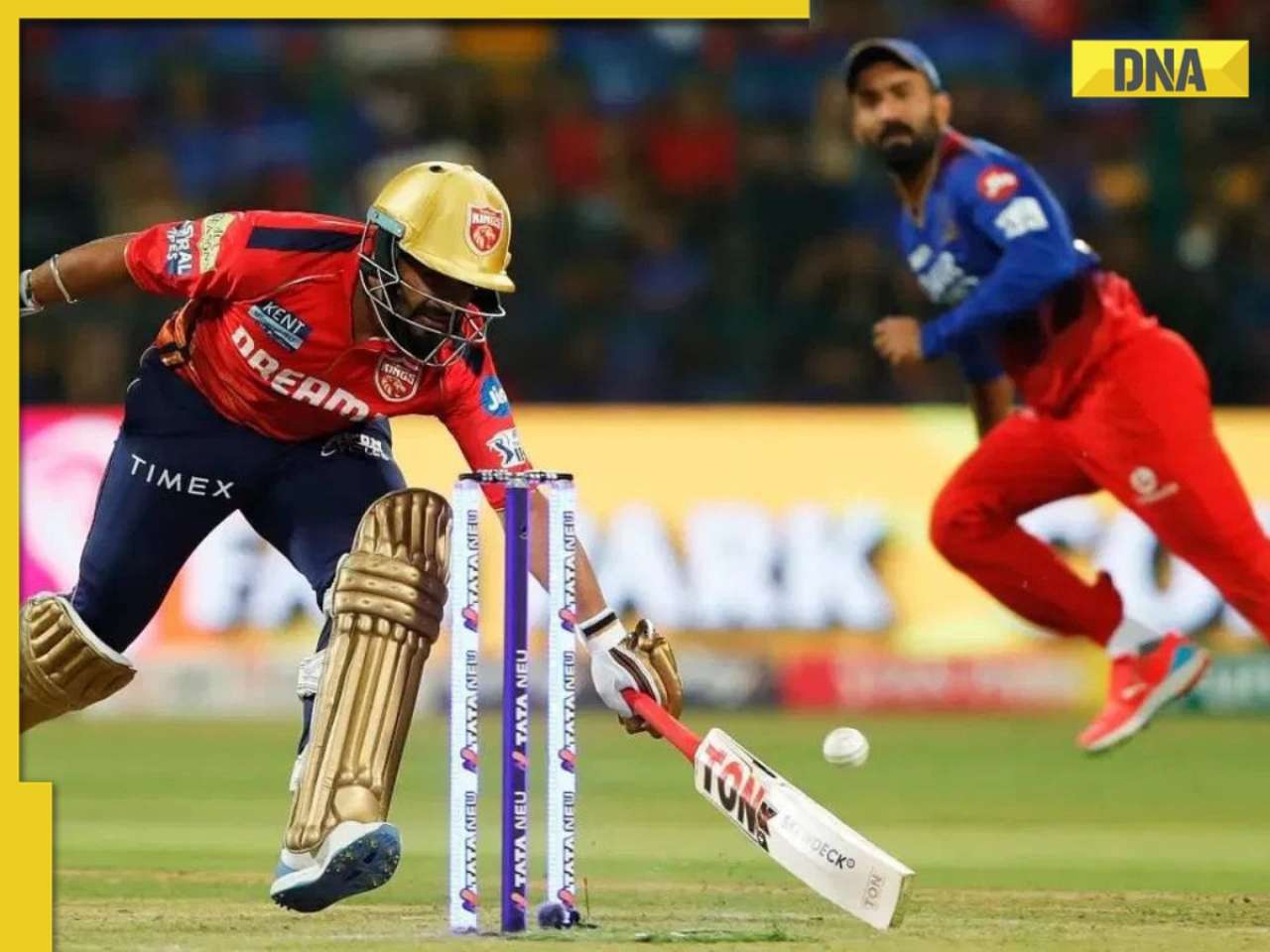
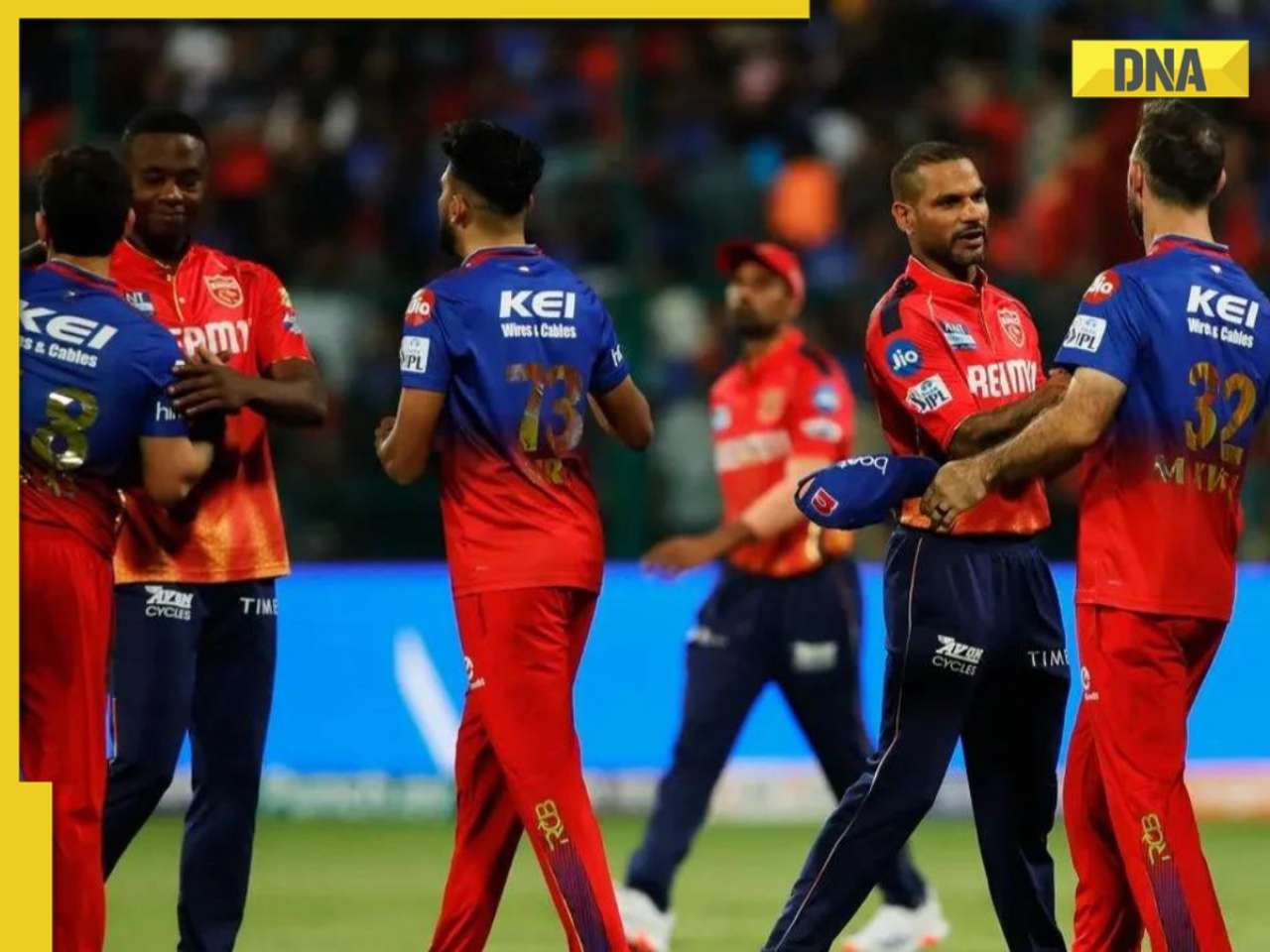
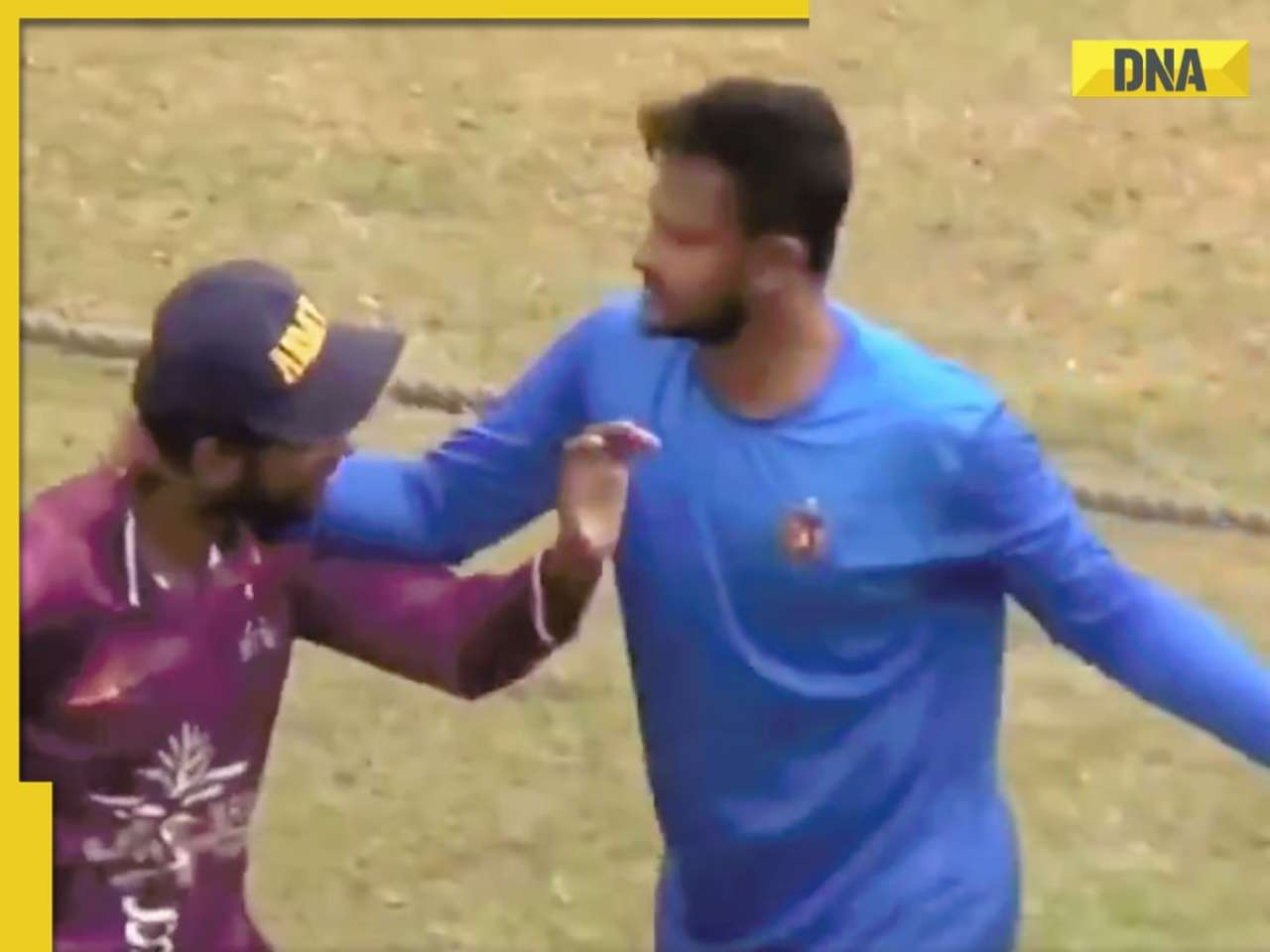

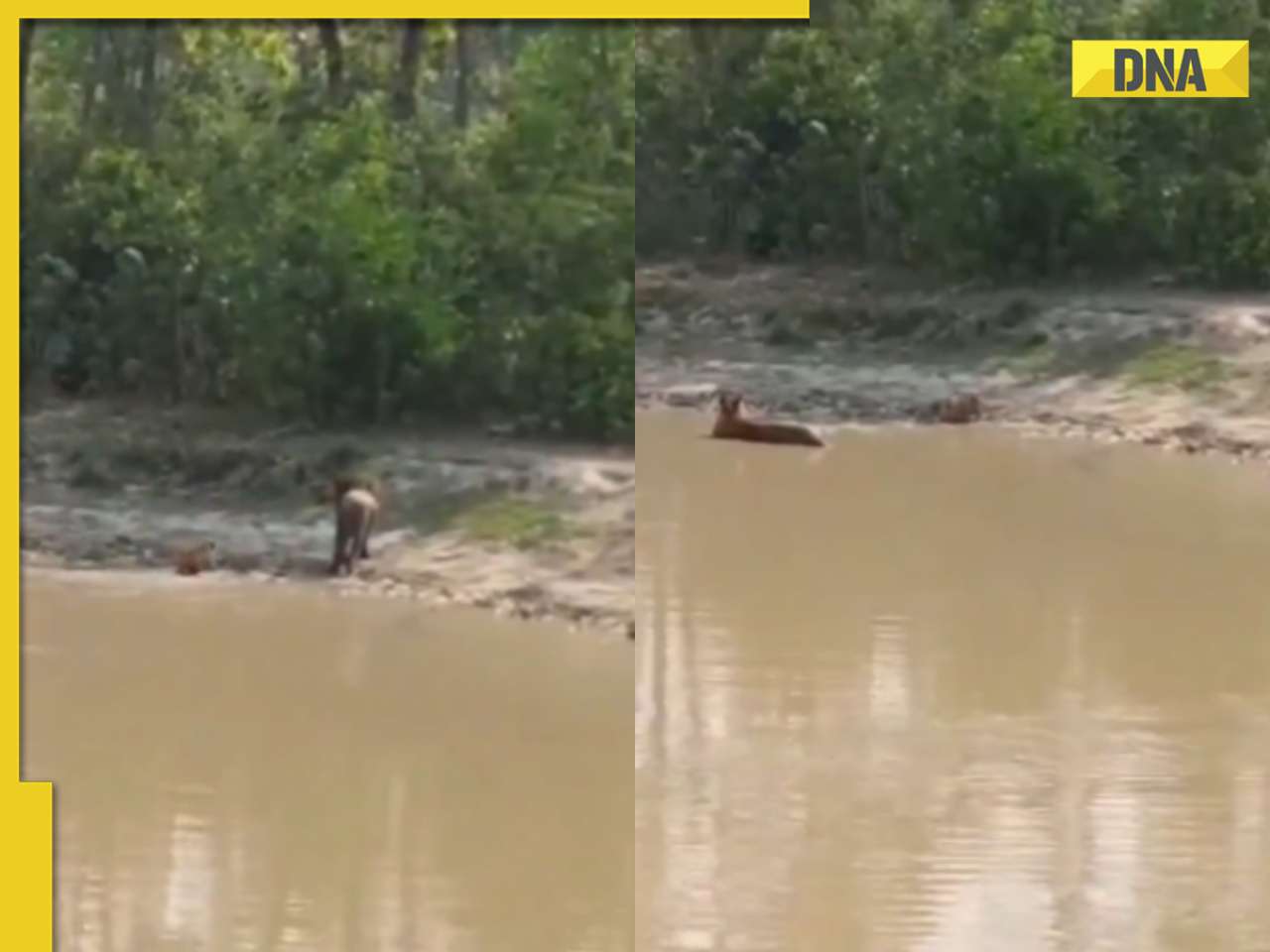
















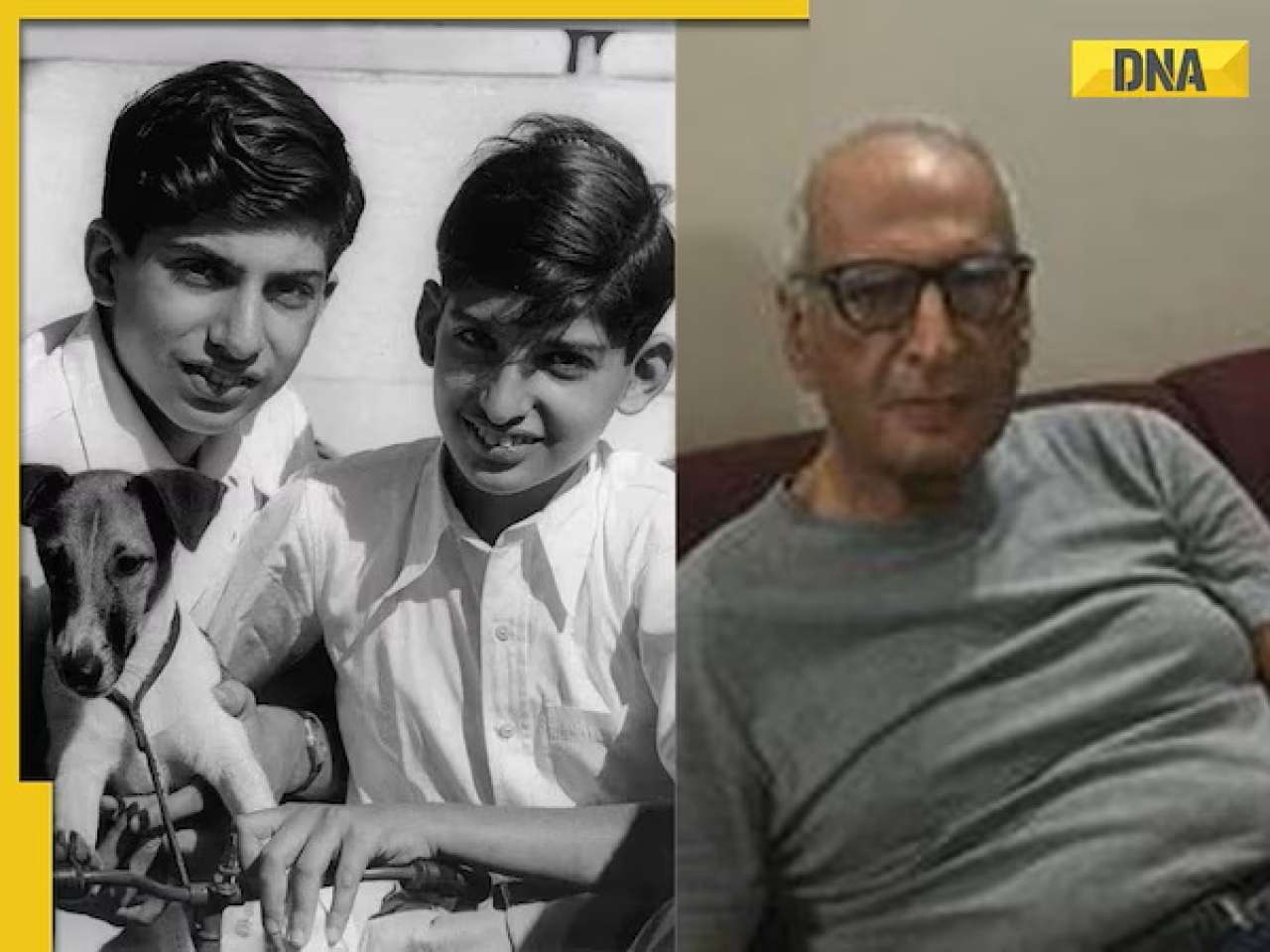





)
)
)
)
)
)